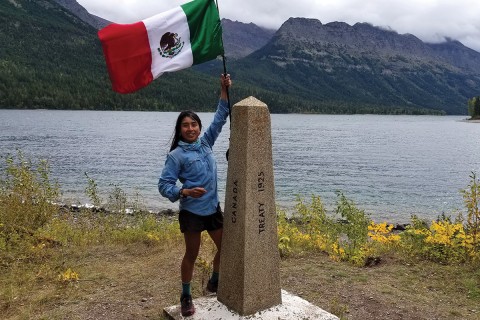One woman’s mission to create a thru-hiking trail in Mexico
“The most magical part of thru-hiking is the community that we share.”

Zelzin Aketzalli is the first Mexican to complete what’s known as the triple crown of hiking: the Appalachian Trail, the Continental Divide Trail, and the Pacific Crest Trail. Her trail name is Quetzal, which refers to the Central American bird of historical and spiritual significance for indigenous communities in Mexico. To date, Aketzalli has hiked 8,702 miles. She has a vision of creating thru-hiking trails in Mexico. This interview was translated from Spanish by the interviewer.
How do you define thru-hiking?
A long-distance, multi-week or multi-month hike. Often the term refers to someone walking a high-mileage trail from end to end, though sometimes people hike only sections of these trails.




